Table of Contents
Women and men of different ages undergo a lifestyle change due to excess fat. Not all recommendations and theories about weight loss are, however, verified and true. Often times unprofessional articles on unsubstantiated theories spread through social networks and gain unnecessary attention from the general public. In our article, you’ll read 8 myths associated with weight loss, healthy diet and training, based on research and experts’ statements.
8 Myths about weight loss
1. Exercises without muscle pain are not effective enough
Muscle fever or “soreness” is essentially inflammation and chemical response of the body after a difficult physical activity. Sometimes it can manifest right after the workout, other times it takes 1 to 2 days. However, do not be surprised if you wake up the next day after your workout without any pain. Muscle inflammation is some kind of a rule, some Olympic athletes have not felt muscle soreness for several years. Do not believe those arguments that are telling you, that if you don’t feel the muscle soreness after your workout, you didn’t train enough. Muscle inflammation is not an indicator of fat burning, growth of muscle mass or effective training. Form improvement and fat burning is manifested by greater strength, endurance, and physique change. To assess the effectiveness of training according to pain and duration of muscle soreness does not make sense, the effectiveness of the workout is better known during your workout. [2] [3] [4]
Muscle fever is sometimes a very unpleasant post-training manifestation that can limit your everyday activities. You may have heard some theories and tips on how to get rid of your muscle soreness as soon as possible. The elimination of muscle inflammation is the subject of many studies, in 2012 the analysis of 35 studies about muscle soreness treatment was created. It was intended to examine the effects of massage, cryotherapy (cold treatment), stretching and light training. The results showed that only massage has a certain effect on muscle regeneration, which is so small that it doesn’t have any clinical significance. If you are interested in cold treatment, the 2016 analysis examined the importance of bathing in cold water to relieve the muscle soreness. According to the results, it has a slightly higher significance than doing nothing. The best effect was achieved by bathing 11-15 minutes in 11-15 °c water. Would you like to get rid of the muscle soreness, but showering in lukewarm water is not your thing? We have a tip on the source of other information for you, read our article – 8 ways to quickly recover after your workout. [2] [3] [4] [7] [8]
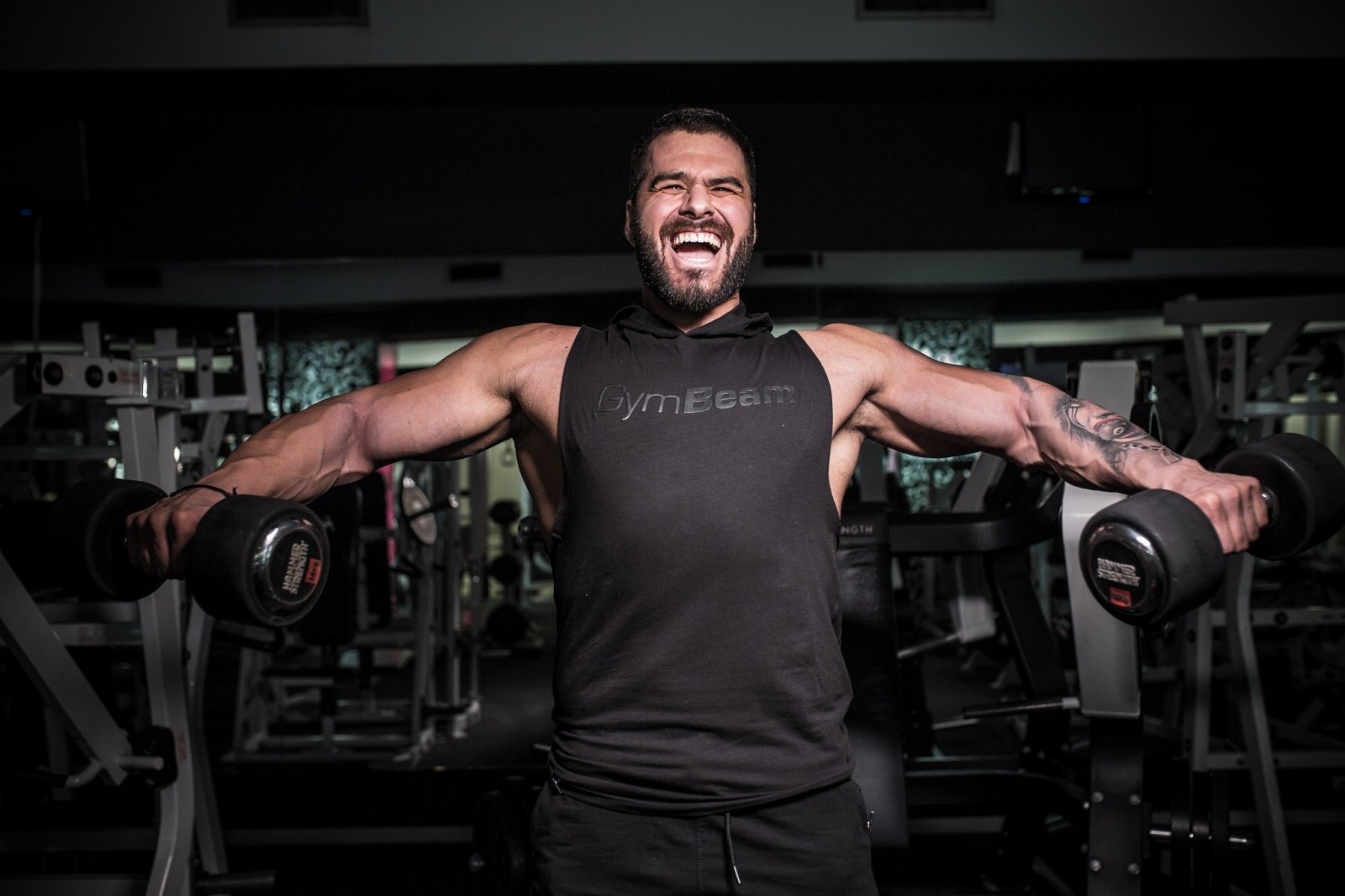
2. You must have breakfast
Do not believe the idea that to reduce fat you need to have breakfast. 2014 research examined the effect of breakfast on weight reduction and found that breakfast did not affect weight loss. For 283 participants from a total of 309 people, no major change was detected. Another myth about breakfast claims that breakfast can boost your metabolism and the skipping of breakfast leads to hunger, cramps and weight gain. Breakfast does not generally affect body weight, however, each organism is unique. Cramps and a feeling of hunger are the reactions of the body to an empty stomachand to a long time without food. There is no universal advice, but the key to health and optimum weight is a regular and balanced diet. [1] [5] [6] Have you heard about IIFYM? It is a way of flexible eating, thanks to which you can reduce weight without significant restrictions in your diet. Read about IIFYM in our article – IIFYM – Flexible eating due to which you are guaranteed to achieve your goals?
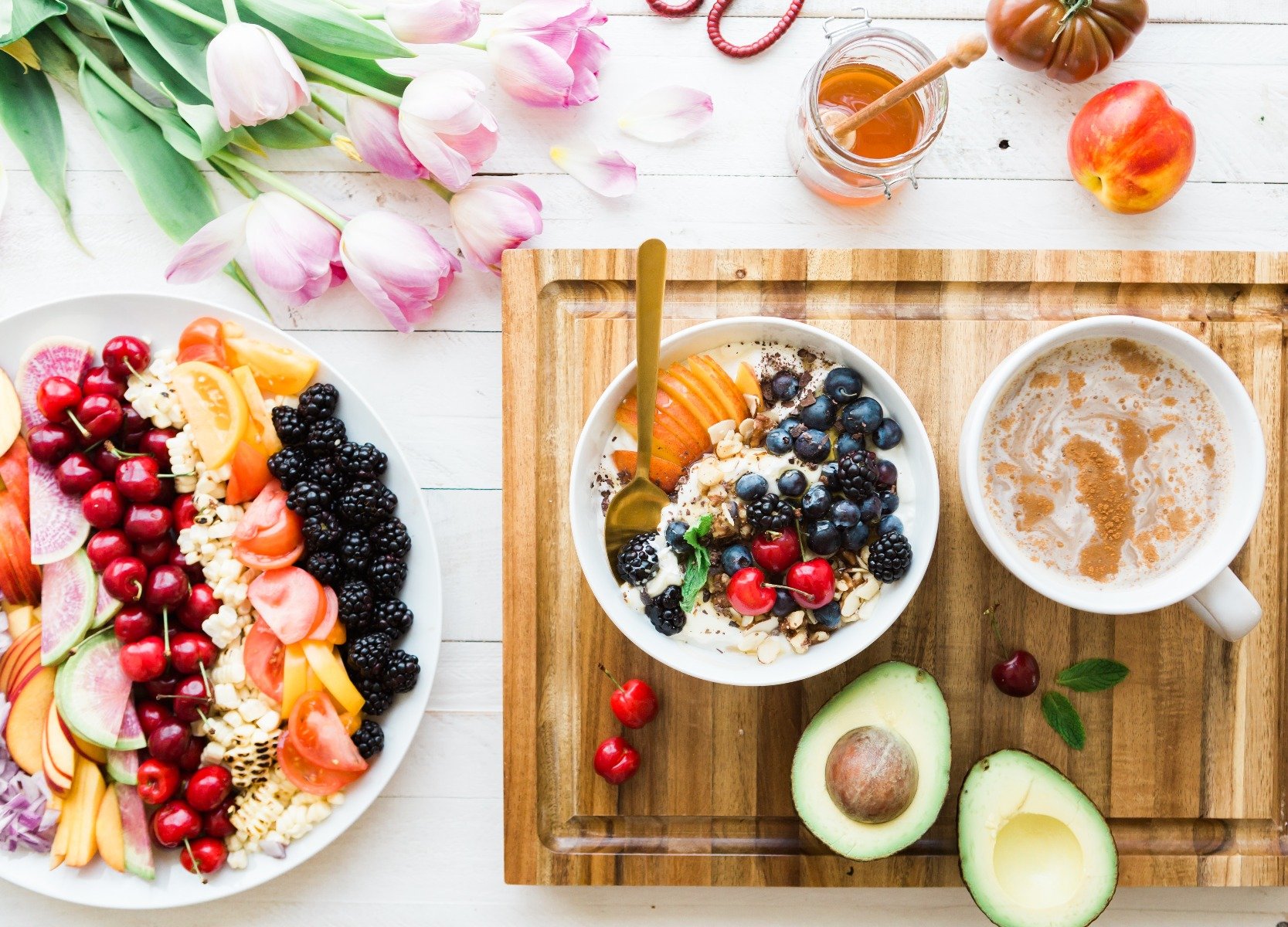
3. During weight loss, you must exclude all carbohydrates
The human body obtains three basic macronutrients – proteins, fats and carbohydrates. Carbohydrates are an important energy source for everyday functioning, but their excess consumption can lead to weight gain. If you consume more carbohydrates than the organism needs, a part of them is stored in cells in the form of glycogen and the residue is transformed into fat. There are two basic types of carbohydrates [17]:
- Complex Carbohydrates – you can find them in wholemeal foods, fruits, vegetables or legumes. This type of carbohydrates is healthier, contains minerals, vitamins, fiber and thanks to them you will feel fuller for longer. Complex carbohydrate molecules have a longer string and we classify them on Monosaccharides, Disaccharides, and Polysaccharides.
- Simple carbohydrates – also called sugars, are composed of one or two molecules. This is a fast energy source, after which you will get hungry very quickly. They are, for example, in sweets, sugar or in white pastries.
Carbohydrates are considered to be the main reason for obesity and in recent years several diets have been created that are built around reductions of carbohydrate intake. The most famous include [9] [13]:
- The ketogenic diet – high in fat, low amounts of protein and carbohydrates
- Atkins Diet – high amount of protein and fat, low carbohydrate content
- Paleo Diet – high protein and fat content, low carbohydrate intake
The body takes energy from carbohydrates and fats, and if it does not have enough carbohydrates, the fat is being used for energy. In addition to fat-burning, other processes are happening when carbohydrate intake is reduced in the human body, making people consider this type of diet to be successful. These diets recommend foods with a higher content of fiber and water, which at the same time means that they have fewer calories and it will reduce your calorie intake. Without carbohydrates, you limit the flushing out of serotonin which has been proved to promote appetite. Last but not least, your protein intake increases which stays in the body for longer, and you also feel fuller for an extended period of time. [9] The control of carbohydrate intake is very important to maintain adequate weight and its excessive consumption can lead to an increase of kilograms. This doesn’t mean that you must absolutely exclude them. Focus more on complex carbohydrates and try to track your total calorie intake.

The study investigated the success of the diet based on the macronutrient ratios. The results clearly indicate that the calorie intake is decisive, not the ratio of protein, carbohydrates, and fats. A comparison of high-level carbohydrate and low-level carbohydrate diets for 6 and 12 weeks had the same results. If you want to lose weight, try reducing your total calorie intake and support it with exercise. Short-term diets can reduce weight for some time, but they will lead to an unwanted Yo-Yo effect. [9] Would you like to get more information about the Yo-Yo effect? Read the article – Yo-Yo effect and how to fight it.
4. The more you sweat, the more you burn
A myth associated with sweat and weight loss is similar to the myth of muscle soreness. If you don’t sweat enough during your workout, you don’t burn fat and your workout has no point. This hoax is quite widespread, but it is not based on truth. Sweating is a cooling process of the human body during which the organism keeps the body temperature and prevents the body from overheating. However, more sweat during any kind of sports activity does not mean that you automatically burnt more fat. [10]

Known activities associated with increased sweating also include the Bikram Yoga, which is claimed to burn up to 1000 kcal per hour. The scientific study has refuted this nonsense. During the 90-minute workout, women burned only 390 and men 460 calories. We lose weight and burn fat even during those activities where sweat is not visible, such as swimming or winter training at low temperatures. [11]
You might be interested in these products:
5. Crunches burn belly fat
Do you practice your abdominal muscles every day and you still don’t see that famous “sick-pack”? Apparently, we must disappoint you, but the fat on your belly will not disappear only by doing crunches.
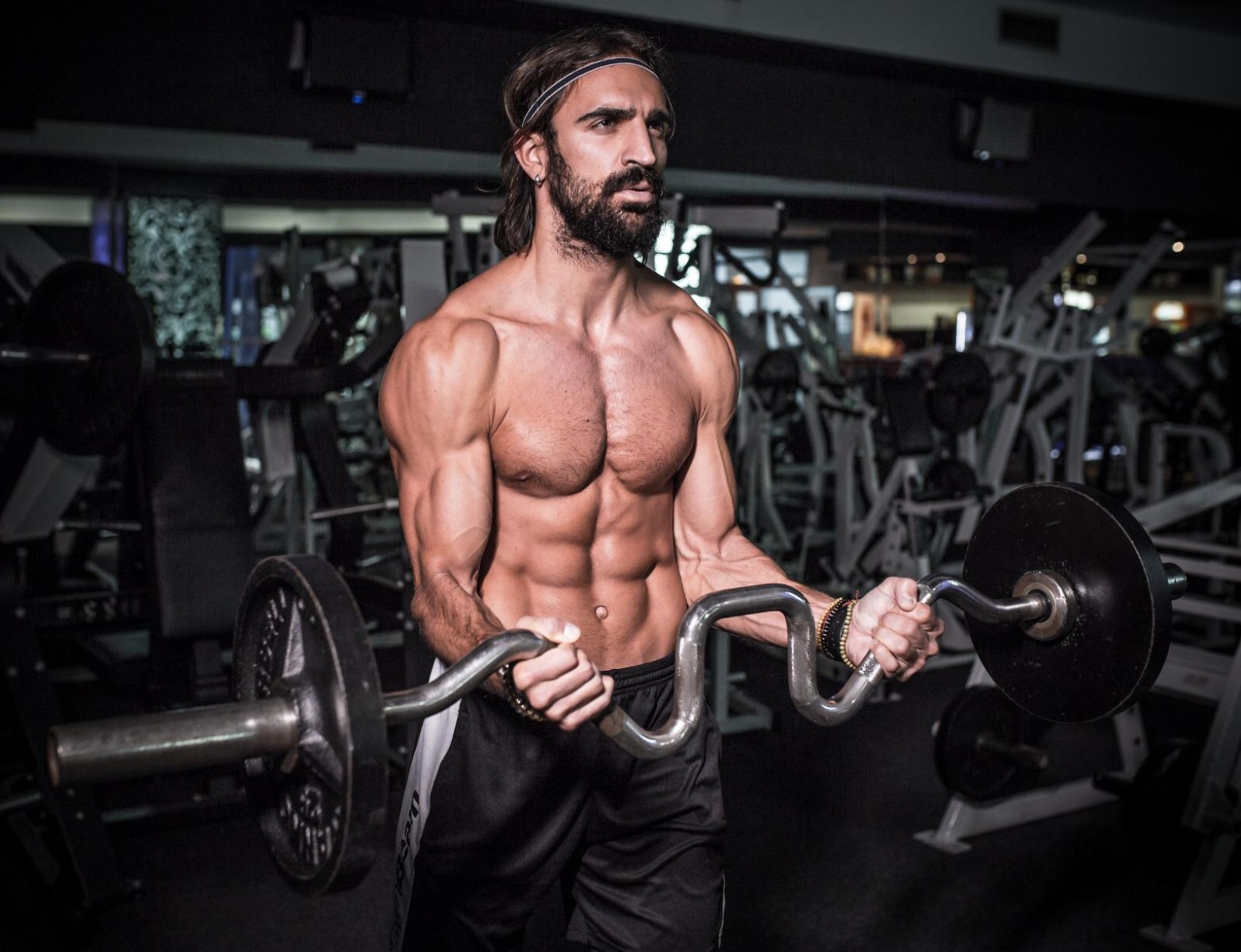
You only get rid of your “love-handles” with a total body fat reduction. Several studies have examined the effect of regular exercise to reduce fat storage in the abdomen. None have confirmed the significant abdominal fat loss during a training focused on the abdominal area. It is also not true that for the sick-pack you only have to have a low percentage of subcutaneous fat. The best way to get those sick-pack abs is through intensive training of the whole body and the use of complex exercises, which naturally involve the abs. [12]
6. Low-fat foods are always a healthier choice
Products labeled “low fat” or “skimmed” evoke the impression that they are healthier than “whole” versions. Many of them may have a really low or zero fat content but at the same time a significant amount of carbohydrates. The label “low fat” can also be on unhealthy foods – so-called junk food, which represent the exact opposite of a healthy diet. Carbohydrates alone are not a problem, even vegetables and legumes contain complex carbohydrates which are beneficial to the human body. For low-fat products, we recommend that you check the nutritional values table to make sure that the carbohydrates content is not too high. [1] [14]
Several foods with low-fat content are rich in carbohydrates. For a better overview, here are some examples of foods with natural and reduced fat content in the table [15] [16]:
| Low-fat milk (100 ml) | 1,2 g | 5,5 g |
| Whole-fat milk (100 ml) | 3,3 g | 5,3 g |
| Low-fat yogurt (100 g) | 0 g | 23,5 g |
| Whole-fat yogurt (100 g) | 3,3 g | 4,7 g |
| Low-fat sour cream (100 g) | 0 g | 15,6 g |
| Whole-fat sour cream (100 g) | 19,7 g | 3,5 g |
| Low-fat salad dressing (100 ml) | 2,7 g | 15,5 g |
| Mayonnaise type salad dressing (100 ml) | 33,4 g | 23,9 g |
| Microwave popcorn (100 g) | 9,5 g | 73,4 g |
| Tortilla chips (100 g) | 5,7 g | 80,1 g |
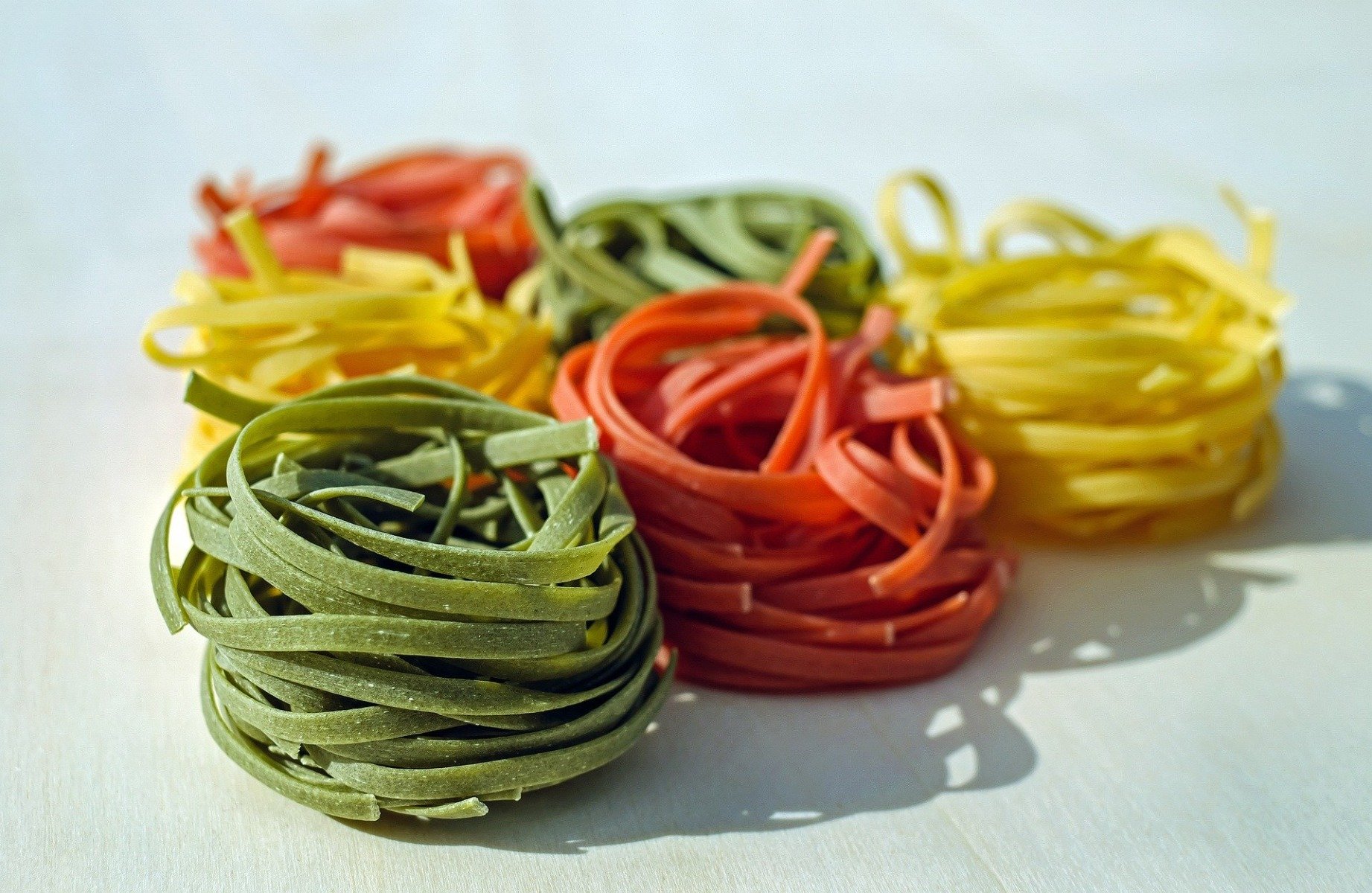
It is important to distinguish between simple carbohydrates which are found in pastries or snacks from complex carbohydrates which are beneficial for the organism. There are several sources of healthy carbohydrates, nutritionally interesting are [18]:
- Oats – the healthiest wholemeal food. Raw oats consist of 66% carbohydrates, in which 11% include fiber. It is great for filling you up and helps to prevent overweight and cardiovascular diseases.
- Bananas – 23% of bananas consist of carbohydrates. It is a source of potassium, vitamin C and B6, which is useful for digestive problems and regulation of blood pressure.
- Beetroot – 8-10% are carbohydrates, you can also find antioxidants, vitamins, minerals and inorganic nitrates that reduce the risk of high blood pressure and other diseases.
- Blueberries – contain 14.5% carbohydrates, a significant amount of vitamins and antioxidants, and are helpful in protecting the body from oxidation.
- Beans – it has 22.8% carbohydrates in the form of fiber and starch. In addition, it is an excellent source of proteins, vitamins, and antioxidants. Never consume beans in raw or uncooked condition because it is poisonous.
7. Foods with a low glycemic index help you to lose weight
When digestion of carbohydrates, there is an increase in glucose levels. If you eat fast-digestive carbohydrates, glucose rises and drops quickly. The glycemic index is the value from 1 to 100 and is assigned to foods containing carbohydrates. It expresses the rate of increase of glucose after the digestion of carbohydrates. The principle of measuring the glycemic index of food originated in 80s and was developed for people suffering from diabetes. The glycemic index of food is divided into three categories [19]:
- Low GI – 1-55– most fruits, green vegetables, raw carrots,beans, chickpeas, lentils, bran cereals
- Medium GI – 56-69 – corn, bananas, raw pineapple, raisins, oatmeal, rye bread
- High GI – 70 and higher – white rice, potatoes, white bread
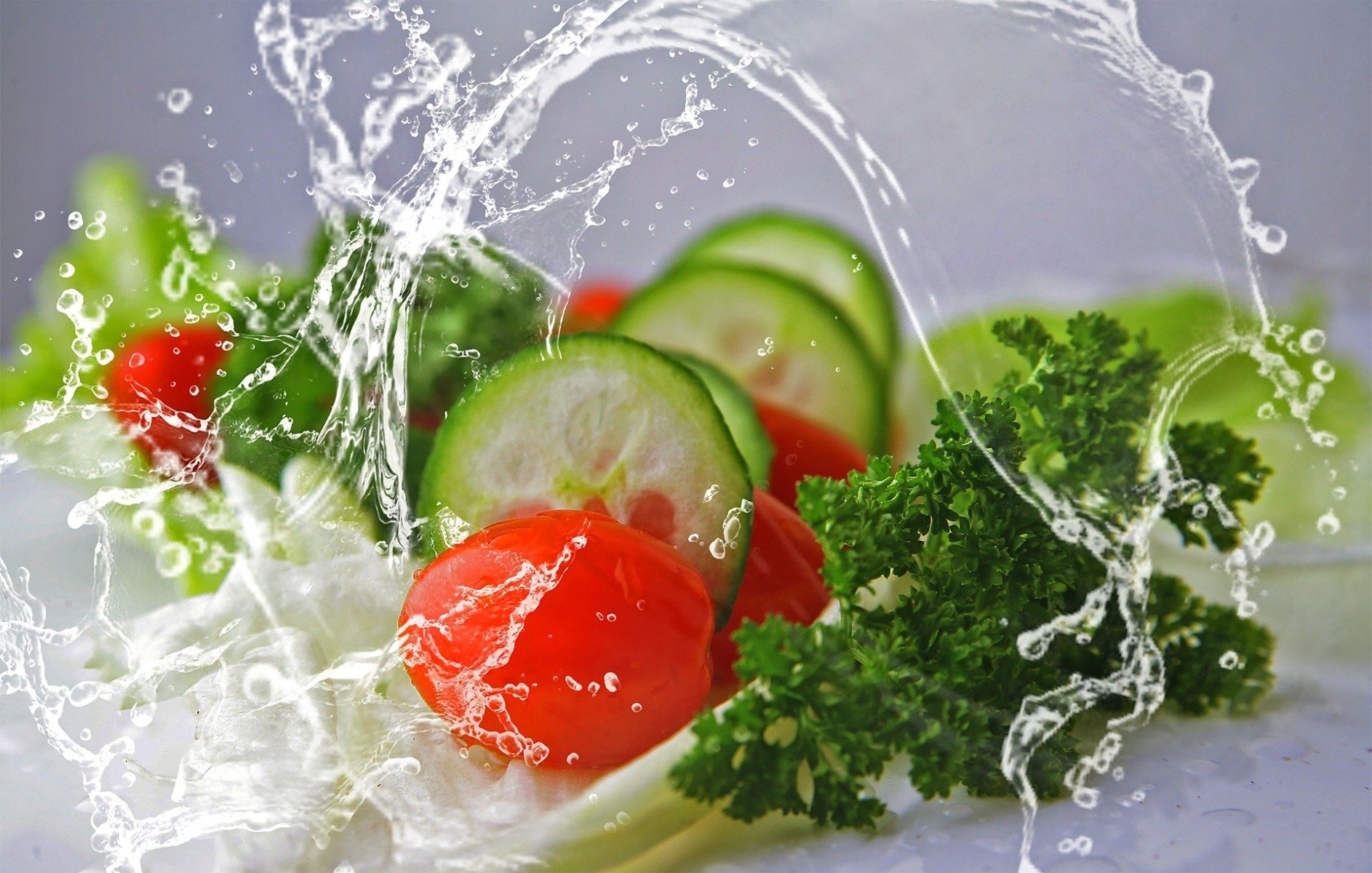
A diet based on low GI foods is beneficial especially for diabetics because food intake with high GI causes fast growths and decreases in sugar levels. For a common person, it is beneficial to consume foods with a low GI, because those are the foods like wholegrain cereals, low-fat dairy products, vegetables or fruits. For some people, diets based on the low GI are useful for better direction towards healthier types of food. According to scientists, the choice of food should not be based only on the GI of foods, but also on the calories, fat, fiber or vitamin content. [19] [20]
8. Cortisol is responsible for your weight
The hormone cortisol is considered as a reason why some people cannot lose weight. Cortisol takes care of the start of catabolic reactions that cause the cleaving of muscle tissues in the body. It is also called “stress hormone” because its level rises in rough situations. Frequent stress can be the result of overeating, which will become a habit. High levels of cortisol increase the insulin levels, causing you to drop sugar in your blood and you start craving sweets and oily foods. [20] [21] [22]

Cortisol is not the reason for your inability to lose weight, rather it is the result of long-term stress. Firstly, you should reduce cortisol levels by making some lifestyle changes. Try meditate and try exercises like Yoga or Tai chi. Be consistent with your training at a lower intensity. Spend more time with friends and family, you’ll be calmer and your kilograms will be easier to shake off. [22]
To lose weight and reduce fat, you need to follow the appropriate diet and consistent training. You do not have to do the crunches until you pass out, buy low-fat foods or train yourself into a great muscle pain. A lasting lifestyle change is the result of training, a balanced diet and the control of calorie intake. In the article, you’ve read a research-based recommendation and these verified facts will make your life and path for the dream figure easier. If you liked this article considering 8 myths about losing weight, support it with your like and share it with your friends.
[1] Kris Gunnars - Top 12 Biggest Myths About Weight Loss – https://www.healthline.com/nutrition/top-12-biggest-myths-about-weight-loss
[2] What Are The Biggest Bodybuilding Myths? – https://www.bodybuilding.com/fun/topicoftheweek83.htm
[3] It’s Not All About Pain: 5 Metabolic Workout Myths – https://www.bodybuilding.com/fun/its-not-all-about-pain-5-metabolic-workout-myths.html
[4] Pauline Nordin - 25 More Fitness Myths Crushed By Pauline Nordin! – https://www.bodybuilding.com/fun/25-more-fitness-myths-crushed-by-pauline-nordin.html
[5] Dhurandhar EJ, Dawson J, Alcorn A, Larsen LH, Thomas EA, Cardel M, Bourland AC, Astrup A, St-Onge MP, Hill JO, Apovian CM, Shikany JM, Allison DB - The effectiveness of breakfast recommendations on weight loss: a randomized controlled trial. – https://www.ncbi.nlm.nih.gov/pubmed/24898236
[6] Kris Gunnars - 11 Myths About Fasting and Meal Frequency – https://www.healthline.com/nutrition/11-myths-fasting-and-meal-frequency
[7] Aaron Kandola - What to know about muscle soreness – https://www.medicalnewstoday.com/articles/327138.php
[8] Torres, R., Ribeiro, F., Duarte, J.A., Cabri, J. M. H. - Evidence of the physiotherapeutic interventions used currently after exercise-induced muscle damage: Systematic review and meta-analysis – https://nih.brage.unit.no/nih-xmlui/bitstream/handle/11250/170881/cabri_physthersport_2012.pdf?sequence=1
[9] Kamal Patel - What should you eat for weight loss? – https://examine.com/nutrition/what-should-you-eat-for-weight-loss/
[10] Diana Kelly - Does More Sweat = a Better Workout? – https://www.webmd.com/fitness-exercise/features/does-more-sweat-equal-a-better-workout#1
[11] Daniel Bubnis - Does Sweating Help You Burn More Calories? – https://www.healthline.com/health/does-sweating-burn-calories
[12] Arlene Semeco - Do Ab Exercises Help You Burn Belly Fat? – https://www.healthline.com/nutrition/do-ab-exercises-burn-belly-fat
[13] Adrienne Youdim - Carbohydrates, Proteins, and Fats – https://www.msdmanuals.com/home/disorders-of-nutrition/overview-of-nutrition/carbohydrates,-proteins,-and-fats
[14] 10 weight loss myths – https://www.nhs.uk/live-well/healthy-weight/ten-weight-loss-myths/
[15] Sarah Weinberg - 5 Low-Fat Foods That Are Packed With Carbs – https://www.delish.com/food/a51905/low-fat-high-carb-foods/
[16] SELFNutritionData know what you eat – https://nutritiondata.self.com/
[17] Yvette Brazier - What you need to know about carbs – https://www.medicalnewstoday.com/articles/161547.php
[18] Adda Bjarnadottir - 12 High-Carb Foods That Are Actually Super Healthy – https://www.healthline.com/nutrition/12-healthy-high-carb-foods
[19] Glycemic index diet: What's behind the claims – https://www.mayoclinic.org/healthy-lifestyle/nutrition-and-healthy-eating/in-depth/glycemic-index-diet/art-20048478
[20] Christian Finn - 21 Things That Don’t Matter for Fat Loss – https://muscleevo.net/how-to-get-ripped/
[21] Kamal Patel - Cortisol - – https://examine.com/topics/cortisol/
[22] Jarrod Breeze - Can Stress Cause Weight Gain? – https://www.webmd.com/diet/features/stress-weight-gain#1

